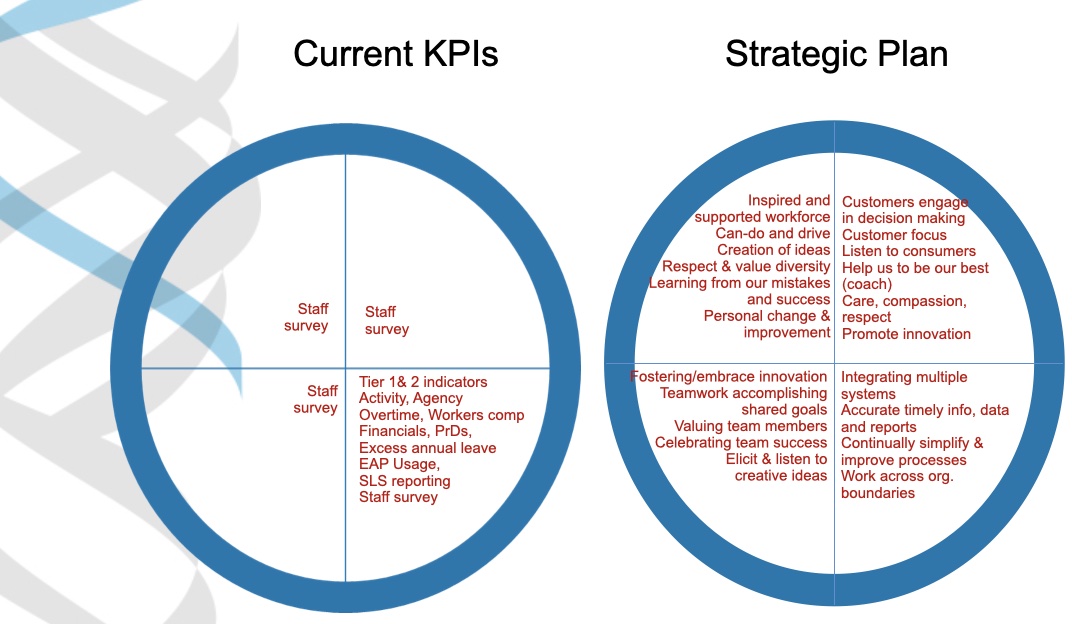Action: making quality choices
We may solve the problems we thought were unsolvable
——Country Health South Australia manager on the effectiveness and enduring impacts of Integral, holistic learning and action.
However, how do we replicate and expand such a large scale successful systems change?
Seven action research quality choice points to help!
7 quality choice points for good action (and research)
I recently presented to Hult Ashridge on the entanglements between action and research.
This was experiential. We learn by doing.
In the process, the appropriateness of the Action Research Journal’s 7 quality choice points became prominent. These are, naturally, written for the audience that will submit academic articles. However, if we want effective action, research is inextricably linked with this.
Coming from an action background I am naturally curious about an academic journal’s quality choices. Do they apply for large-scale systems change? If we are starting at the action point—whether that is consultancy, advocacy or direct action—do they help? Absolutely! This post compares the choice points with a large scale positive health system change.
Vision “best rural health service”
Country Health` South Australia’s strategic plan set out its vision to be the best rural health service.
Obviously, this is a challenge. I was involved with it by delivering a successful and awarded program over four years. Looking back, do academic quality choice points help understand the success and replicate it in different contexts?
Spoiler, yes.
Long version. The action research journal’s quality choice points, with this health system intervention as examples, are below.

1. Articulation of objectives
South Australia Health’s plan goals were clear. How it was going to get there was not so clear. Its objectives included connecting the aspirations from the organization’s strategic plan to action.
In particular, the strategic plan’s subtle and tacit objectives such as:
- an inspired and supported workforce
- fostering innovation
- teamwork accomplishing shared goals
were, effectively, not measured.
Given we pay attention to what we measure it seemed unlikely—to us, management and staff—such strategic goals would drive performance.
Our consulting engagement—the program became called an Integral Performance Framework—and consequential train the trainer program—holding and supporting internal staff to practically implement significant shifts for teams—addressed this.
Throughout the four-year process there was a continuous dialogue and a reporting of the choices we all made towards meeting these objectives. Such articulation was key to the success of the program.

2. Partnership and participation
In the business and organisational worlds there is a plethora of evidence demonstrating staff-driven programs, sourcing innovation widely and communities of practices, to name only a few, are highly desirable keys for success.
Such partnership and participation is answering the question of inclusiveness, particularly around “whose knowledge counts?”
In the South Australia health example the staff became and were full co-collaborators, action designers and engagers. That’s a lot of leaders and it helped demonstrate the power of “multiple ways of knowing-for-action”.
Staff hosted and facilitated workshops. They engaged with and redesigned content, presented on progress internally and externally and much more.

3. Contribution to action research theory/practice
This is a journal-specific quality choice point. A paper on the Health consultancy work may demonstrate a contribution to theory.
4 Methods and process
We want to know what is working and the obvious source for this is the people who are working with tools and practices. The health example assisted people to see problems in new ways.
The impacts, what participants said about using these tools and how this informed further interventions (by us and them) include:
- “I have worked with these Leaders for years. It’s been amazing how the frameworks have opened up new conversations about culturally safe services.”
- “The tools have opened up different thinking and conversations at a leadership level. We’ve all had rich individual learning which will stay with us for our whole career. The challenge for us now is how we scale this.”
The methods and processes for intervention co-evolve and were redesigned through participant experiences. That’s to say these interventions were both action and research/measurement.

5. Actionability
Intervening in large-scale systems change means that we are interested in enduring impact, in helping to catalyze future shifts as well as those that are currently being worked on.
In organizations, privacy can make documenting new ideas to guide action difficult.
One way around this is awards that publicly recognize search work. Again, in the health example, it won government awards. Often, we were all invited to present the program publicly and the evidence that validated its success.
6. Reflexivity
We are all learning. Taking “a personal, involved and self-critical stance” as opposed to being just a source of expert knowledge is powerful. This is a practice that is more in line with today’s complex, volatile, adaptive and uncertain problems. It opens dialogues that may otherwise be unavailable.
Through such reflexivity, at Country Health South Australia, we saw the:
- integration of personal and reflexive insights;
- the expansion of interpersonal and relational team interactions that overcame traditionally stuck problems; and,
- the useful application of impersonal knowledge.
Participants grew and were empowered, we co-created and scaffolded each other’s understanding, and the knowledge generated was applied to both measure and inform objective and subjective organizational key performance indicators.

7. Significance
This program was highly significant for staff, ourselves, the organization and, through that, many of the people using its health services. Its impacts outlived our consultancy and the organization (when a newly elected government split the service into 7 units the generated learning and impacts continued to be utilized).
Management, staff and ourselves reported and observed impacts including:
- Culture shifts. For example, from having to be right with instant solutions to latitude for understanding. People could now take the time to inquire from broader perspectives The previous norm was they felt they had to have the answers.
- There was evidence of new conversations about culturally safe services. This was well outside of the individual’s expectations based on years of experience.
As one participant and manager put it:
- “We may solve the problems we thought were unsolvable”

Quality choice points
These seven choice points are useful beyond a research context.
Use them and explore where your programs, team interventions and/or personal work can be enhanced.
Resources
Links and credits
For more about the Hult Ashridge presentation see Waltz: for more effective action here>
The Action Research Journal’s Seven quality choice points are here>
More about the Integral Performance Framework program is here>
On (be) Benevolution you will find a visual index of articles transformation index here>
Photos from Integral Performance Framework public presentations. Additional photos by Festina Lentívaldi, (be) Benevolution. Reuse: Creative Commons BY-NC 3.0 US.
Hilary Bradbury on good action and research
Subscribe
Get the newsletter (story summary).
Recent posts
Coming home
We belong to and are of the Earth but we bypass our sense of belonging. I missed this leaving home and my story mirrors our larger, human-wide journey. What do I need to come home?
Soulprint: Peak nature
Extraordinary: a paradigm shift by 147 governments and the UN endorsing “humans and nature are spiritually connected.” Invitation: to build on this for yourself and all of us.
We are in a portal
I’ve a deep knowing: we humans have shifted. That’s disorienting so here’s 3 handrails to help: this is sourced in bliss; lubricated by peak oil; agreed by UN & 147 nations; and, all with dragonflies!


0 Comments